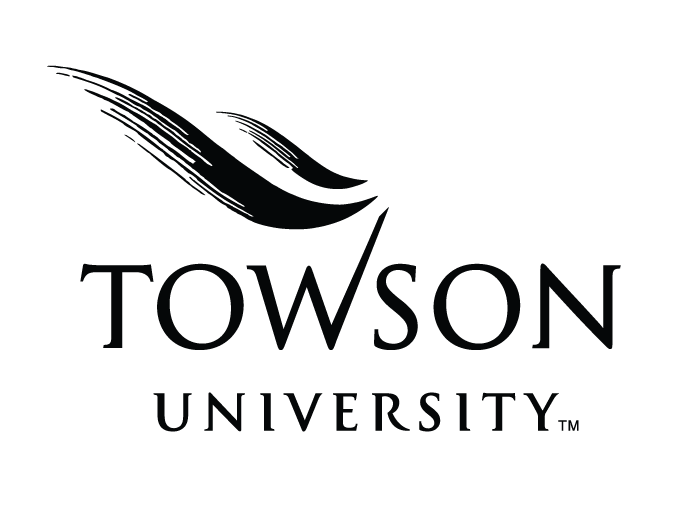 For much of the 20th century, college students went to the library because they needed to, not necessarily because they wanted to. And no wonder: with imposing card catalogs, austere furnishings and musty stacks, academic libraries could seem more intent on hoarding knowledge than sharing it.
For much of the 20th century, college students went to the library because they needed to, not necessarily because they wanted to. And no wonder: with imposing card catalogs, austere furnishings and musty stacks, academic libraries could seem more intent on hoarding knowledge than sharing it.
For those who haven’t set foot in Towson University’s Albert S. Cook Library lately, librarian Joyce Garczynski is shelving the stereotypes. Today’s library, Garczynski observed, is a bright, lively and welcoming place that facilitates peer-to-peer learning.
“Even fairly recent graduates would be surprised at all the updates we’ve made,” she said. “Cook Library has been transformed.”
Technological innovations—including nearly 300 public-access computers and over 200 databases with 24/7 access—are only part of the story.
“The nature of college has changed,” Garczynski pointed out. “Librarians recognize that learning is collaborative, and that students are creators of information. We provide the mix of spaces and resources they need to collaborate.”
Teaching information literacy—how to locate and use resources—is a major part of its mission nowadays. Garczynski says the responsibility for teaching students how to think critically and evaluate information has found a home in the library.
“We’re equipping them for the future,” she said. “What they learn here will take them into the next stage of their lives.”
Cook Library staff actively forge partnerships with various TU entities, including New Student Programs and International Initiatives. A first-year experience librarian acquaints new and transfer students with all the library has to offer and helps them feel at home there. For Garczynski and her colleagues, the value of libraries comes from reaching out and supporting student success.
If demand is proof of success, then Cook Library is on the right track. Last year it tallied more than 550,000 visits, averaging almost 20,000 per week when classes were in session.
“Students really value the library,” Garczynski said. “They’d love for it to be open even more than it is.”
